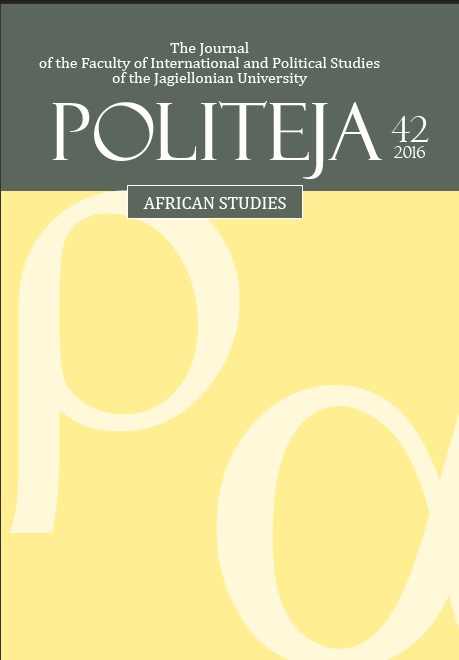Between high hopes and moderate results – a decade of the African Peace and Security Architecture
Between high hopes and moderate results – a decade of the African Peace and Security Architecture
Author(s): Krzysztof TlałkaSubject(s): Politics / Political Sciences
Published by: KSIĘGARNIA AKADEMICKA Sp. z o.o.
Keywords: African Security; APSA; Regional Security
Summary/Abstract: The aim of the paper is to present a comprehensive analysis of the African Peace and Security Architecture (APSA). This term refers to the set of institutions responsible for conflict prevention, management and resolution that has been established within the framework of the African Union. The APSA is comprised of five elements: the Peace and Security Council (PSC), the Continental Early Warning System (CEWS), the Panel of the Wise (PoW), the African Standby Force (ASF) with the Military Staff Committee (MSC), and the Peace Fund (PF). The paper is organized as follows. First, the origins of the project are presented. Then, the paper focuses on five elements of the APSA with special reference to two of them – the PSC and the ASF. Subsequently, the issue of the relations between the AU and other international actors, in particular the UN, is addressed. The paper concludes with remarks on the adequacy of the APSA to African peace and security challenges. The main finding is that despite extensive agenda, the first decade of the APSA was marked by moderate results caused by the scarcity of resources, lack of experience and opposition of some member states.
Journal: Politeja - Pismo Wydziału Studiów Międzynarodowych i Politycznych Uniwersytetu Jagiellońskiego
- Issue Year: 13/2016
- Issue No: 42
- Page Range: 309-341
- Page Count: 33
- Language: English

